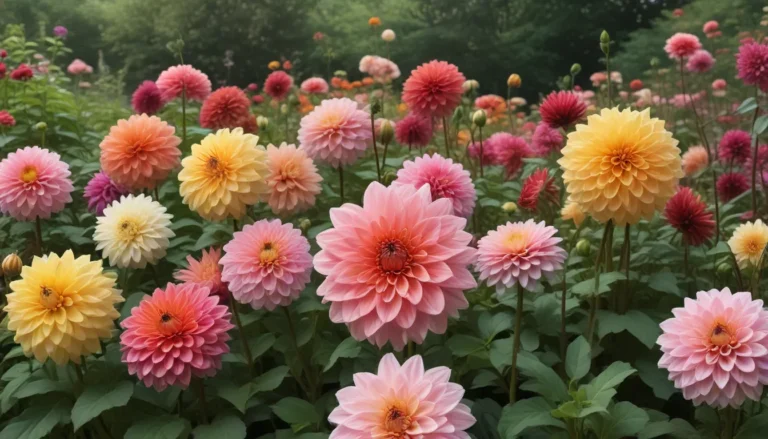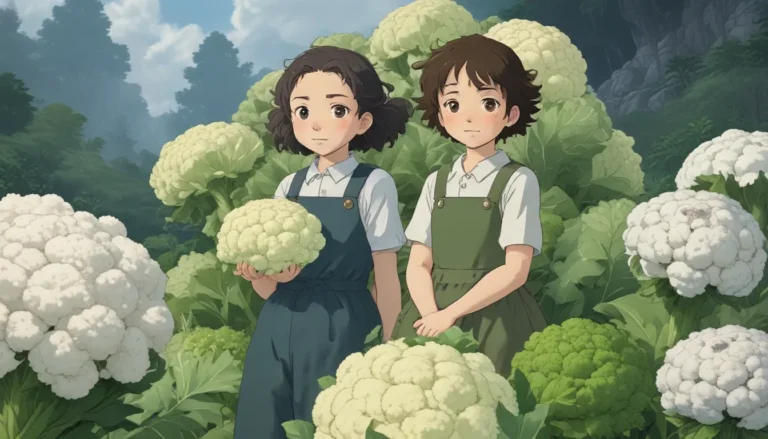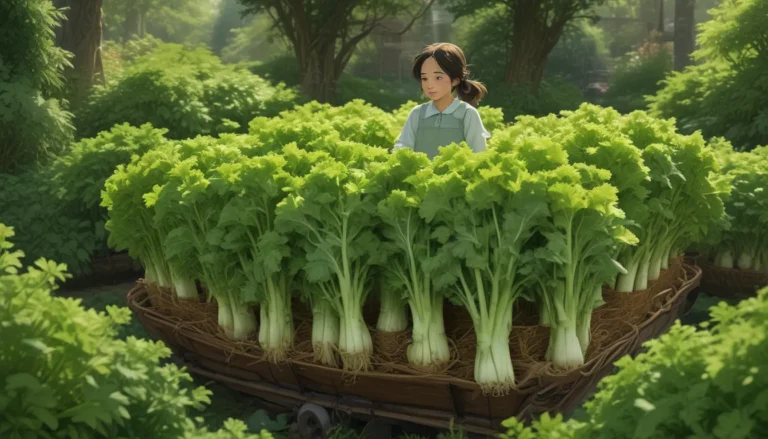Growing Herbs Year-Round in Your Greenhouse: A Comprehensive Guide

Herbs are the unsung heroes of the culinary world. Fresh herbs elevate a dish from average to extraordinary, but finding them at the grocery store year-round can be a challenge. Fortunately, if you have a greenhouse, growing herbs becomes a possibility even in the depths of winter.
Whether you’re a seasoned gardener or just beginning to explore the world of greenhouse gardening, this guide is here to provide you with valuable information on how to successfully grow herbs in your greenhouse. Let’s dive in and discover the secrets to cultivating a thriving herb garden year-round.
What You’ll Learn
Throughout this guide, we’ll cover essential topics to ensure your success in growing herbs in your greenhouse. From understanding why a greenhouse is the ideal environment for herbs to learning which species thrive best in this setting, you’ll gain insight into the best practices for nurturing your herb garden throughout the year.
Let’s explore the following key areas:
- Why Use a Greenhouse to Grow Herbs? – Species That Work Best – Potting Up – Care Tips – Don’t Toss Plants – Hardening Off
Before we delve deeper into the specifics, let’s clarify some terminology related to greenhouses to ensure we’re all on the same page. When we refer to a “greenhouse” in this guide, we’re focusing on the traditional structure covered in clear glass or plastic. High tunnels, although slightly different, can also serve as suitable structures for growing herbs in a controlled environment.
Why Use a Greenhouse to Grow Herbs?
Greenhouses offer gardeners the unique ability to control the growing environment, providing a shield against unpredictable weather conditions and extending the growing season significantly. Whether you’re faced with late freezes, excessive rainfall, or limited sunlight, a greenhouse can mitigate these challenges and keep your herbs flourishing year-round.
By harnessing the power of a greenhouse, you can create an ideal microclimate for your herbs, allowing you to enjoy fresh fennel, rosemary, and other herbs even in the heart of winter. However, it’s essential to consider some drawbacks, such as reduced UVB light exposure and potential humidity-related fungal issues, when cultivating herbs in a greenhouse.
To enhance light penetration and minimize fungal risks, opt for UV-Open materials like the Be Cool Solutions IRAC MAX Greenhouse Film, designed to maintain optimal growing conditions while protecting your plants.
Species That Work Best
While many herbs can thrive in a greenhouse setting, some species are particularly well-suited to this environment. From summer-loving culinary staples like bay, rosemary, and sage to winter favorites such as basil, cilantro, and parsley, the possibilities for year-round herb cultivation in your greenhouse are endless.
Explore a diverse range of herbs beyond the common varieties, such as borage, shiso, and wasabi, to add unique flavors and textures to your culinary creations. By selecting herbs that align with your climate and growing conditions, you can create a thriving herb garden that offers an abundance of aromatic delights throughout the seasons.
Potting Up
Transitioning your herbs into containers for winter cultivation in the greenhouse is a crucial step in ensuring their health and vitality. When repotting your herbs, be sure to select containers with adequate drainage and provide a suitable potting mix to support their growth.
Carefully transfer your herbs into their new containers, ensuring they have ample space for root development, and maintain optimal soil moisture levels to facilitate healthy growth. By potting up your herbs with care and attention to detail, you set the stage for a successful winter herb garden in your greenhouse.
Care Tips
While herbs in a greenhouse may remain green year-round, they still experience seasonal variations in growth and dormancy. During the winter months, it’s essential to adjust your care routine to accommodate the plant’s reduced activity levels and lower light exposure.
Avoid overfeeding your herbs in winter, as they require less food and water during this period of dormancy. Monitor soil moisture levels carefully, following specific guidelines for different herb species to prevent issues such as fungal diseases and nutrient imbalances.
In colder climates or unheated greenhouses, provide additional protection to tender herbs like basil and cilantro during frosty periods using frost cloths or burlap coverings. By implementing these care strategies, you can safeguard your herbs against winter conditions and ensure their continued growth and vitality.
Don’t Toss Plants
In the depths of winter, it’s not uncommon for herbs to exhibit signs of dormancy or dieback, leading some gardeners to prematurely discard seemingly lifeless plants. However, many herbs have a remarkable capacity for regeneration, even after experiencing significant winter stress.
Rather than discarding dormant or struggling herbs, provide them with consistent care, moderate watering, and a protective greenhouse environment to promote recovery and new growth. By demonstrating patience and resilience in nurturing your herbs through the winter, you may be pleasantly surprised to witness their resurgence in the spring.
Hardening Off
As the winter season draws to a close and the threat of frost diminishes, it’s time to prepare your greenhouse-grown herbs for a successful transition back into the outdoor garden. Hardening off your plants, a gradual process of acclimating them to outdoor conditions, is essential to ensure their resilience and vitality in the garden environment.
By gradually exposing your herbs to increasing levels of sunlight and outdoor air, you help them adjust to the outdoor climate and reduce the risk of shock or stress. Monitor weather forecasts closely and adapt your hardening off schedule accordingly to protect your plants from unexpected freezing temperatures.
After completing the hardening off process, you can confidently reintroduce your herbs to their permanent outdoor locations, allowing them to thrive in the garden setting after their greenhouse sojourn.
Embrace a Year-Round Herb Garden
With the knowledge and insights gained from this comprehensive guide, you’re well-equipped to cultivate a vibrant herb garden in your greenhouse throughout the year. By harnessing the power of greenhouse gardening, you can enjoy a constant supply of fresh, aromatic herbs to enhance your culinary creations and elevate your gardening experience.
What are your favorite herbs to grow, and how do you incorporate them into your cooking? Share your insights and experiences in the comments below, and join the conversation on cultivating an abundant herb garden in your greenhouse.
As you explore the world of greenhouse gardening, consider expanding your skills with our additional guides, including resources on drying fresh herbs, container herb gardening, and preserving herbs through freezing. With these valuable resources at your disposal, you can take your herb gardening journey to new heights and savor the joys of cultivating fresh herbs year-round.
In conclusion, transitioning the original article into a detailed, informative guide on greenhouse herb gardening offers readers valuable insights and practical tips for cultivating a thriving herb garden year-round. Through engaging content, relevant examples, and structured sections, readers can embark on their greenhouse gardening journey with confidence and knowledge.





